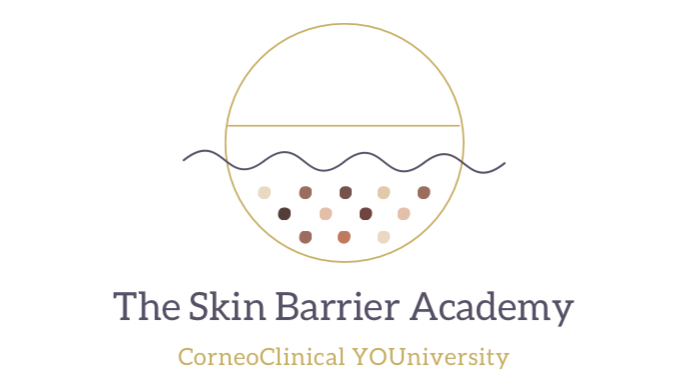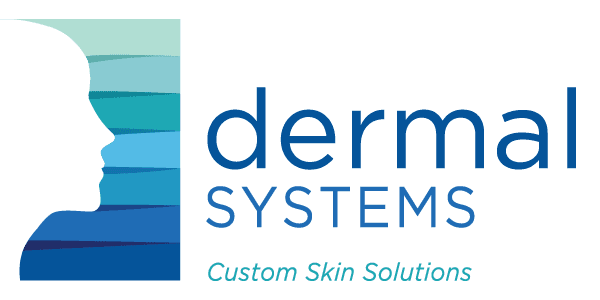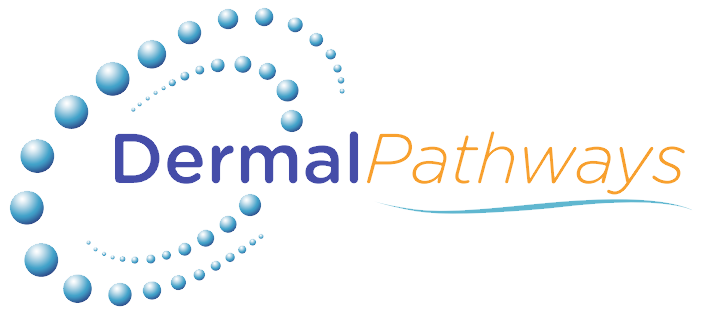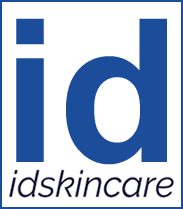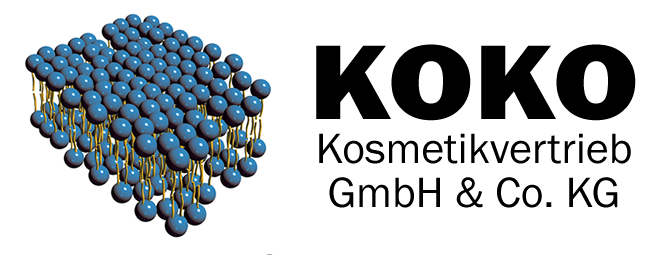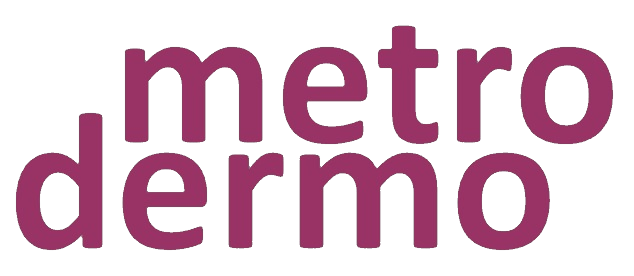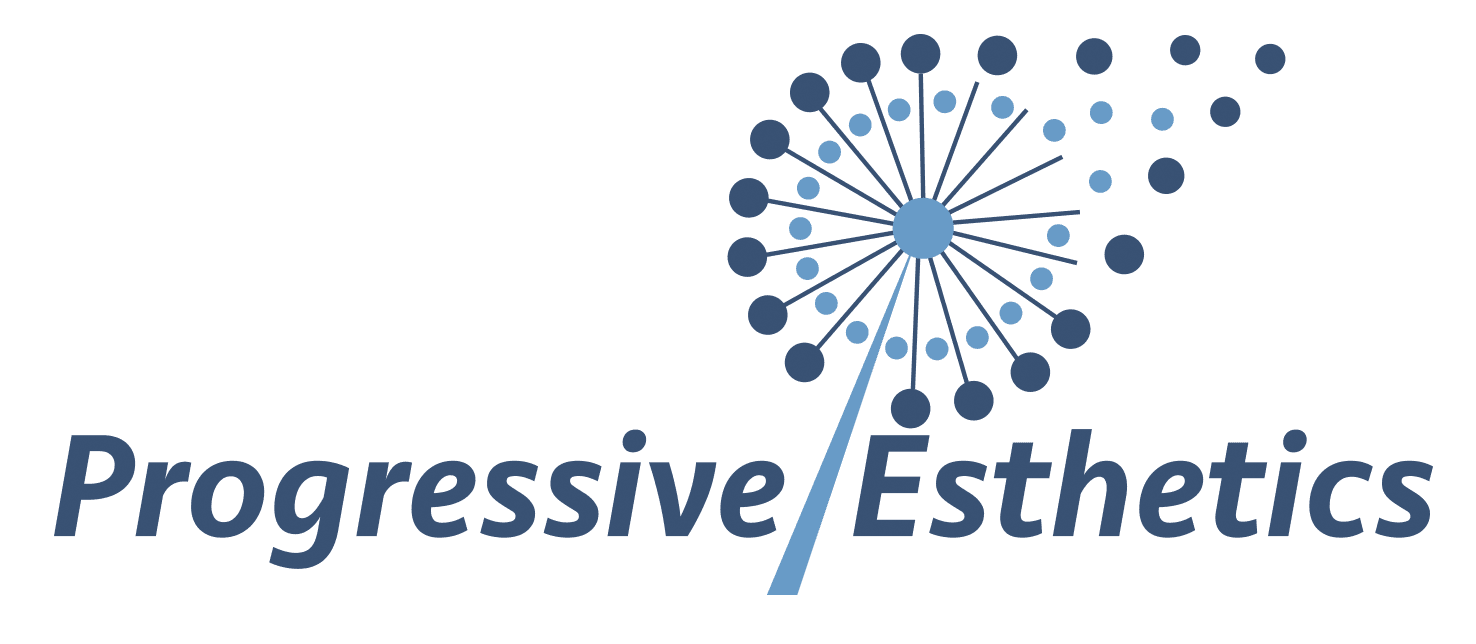The hugely successful 5th International Symposium on Corneotherapy was held in Auckland, New Zealand over the weekend of the 12-14th of January 2018 at the Sky City convention centre.
With a 25% growth over the 4th Symposium held in 2016 in Cologne, Germany; the 5th Symposium attracted members and delegates from 13 countries as far flung as northern Europe, Asia, North America and Australasia.

The theme of the symposium was the Microbiome and Corneotherapy, a subject that is of increasing interest as both clinicians and dermatologists see more compromised skin conditions in clinic that are related to the disruption of the microbiome in some form. The presenters for the symposium were chosen to provide a valuable overview of not just the skin microbiome, but the microbiome of the body in general and the challenges faced in maintaining its homeostasis in the modern world.
The Symposium began on the evening of Friday 12th January with the welcome dinner. During the delicious buffet of seafood, beef, chicken, vegetables and salads, we were entertained by the delightful Alana Goldsmith. It was gratifying to see familiar faces, friends and colleagues catching up and new friendships and associations being formed with our first-time attendees.
Day One: 13th January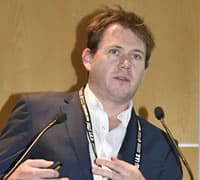 The following morning our symposiums first presenter was Dr Ben Roediger, who is a department head at the Centenary Institute of Cancer Medicine and Cell Biology, based in NSW, Australia.
The following morning our symposiums first presenter was Dr Ben Roediger, who is a department head at the Centenary Institute of Cancer Medicine and Cell Biology, based in NSW, Australia.
The institute’s motto is “Research for life”. Dr Roediger, who is an acknowledged expert in cutaneous immunology, presented about skin Inflammation and the microbiome. He began with a short explanation of how the samples of the inflamed skin are collected, followed by an overview of the micro-organisms present on the surface. We were then treated to amazing imagery of the various cells of the immune system in action against antagonists and bacteria.
Dr Roediger went on to discuss allergy; and the increasing incidence of this in western society. We learned about the role of Immunoglobulin E (or IgE) and T helper cells in the immune system, and type 2 cytokine driven diseases. We also learned about the Atopic March (or Allergic March) and the progression to Atopic Dermatitis. We learned that the innate immune and differentiated T cells can produce other cytokines in response to cytokine stimulation, sometimes maintaining inflammatory responses after elimination of the instigating antigens.
Dr Roediger concluded with a review of a GWA (genome-wide association) study of atopic dermatitis, and the minor mutations of some genes responsible for the development of the condition. The common theme throughout the presentation was the relationship between inflammation of the skin and the immune system. Our second presenter was Taiwan’s Professor Chia-Yu Chu, with his third appearance at I.A.C. symposiums. Professor Chu’s presentation was titled “Skin Microbiome and Dermatology”, with the theme of the presentation being the importance of understanding the role of the skin microbiome in maintaining normal skin immune function.
Our second presenter was Taiwan’s Professor Chia-Yu Chu, with his third appearance at I.A.C. symposiums. Professor Chu’s presentation was titled “Skin Microbiome and Dermatology”, with the theme of the presentation being the importance of understanding the role of the skin microbiome in maintaining normal skin immune function.
Professor Chu began with an overview of the colonization of the skin by many species of bacteria, fungi, and viruses that form the skin microbiome, and the differences of composition between individuals. We learned about the use of next-generation DNA sequencing methods to better understand both the composition and potential roles of these microorganisms on our skin, and the exploration of the molecular processes involved in the influencing of skin immune function by bacteria.
Attendees learned that when there is a change in relative composition of the different microbes on the skin, the microbial flora may enter a state of dysbiosis, or microbial imbalance; with a most recognised outcome being the development of conditions such as atopic dermatitis (AD). We learned that there is a direct relationship between increased colonization of the Staphylococcus aureus bacteria (or S. aureus) and the severity of atopic dermatitis, and the presence of other bacteria such as S. epidermidis, Corynebacterium bovis and Propionibacterium (P.) acnes contribute in distinct different ways to skin health.
These influences vary and can lead to an increase in T cell effector function, vigorous Th2 (immune) responses, and the modulation of the CD4+ T (adaptive immune system) cell responses.
Professor Chu’s presentation was peppered with visual metaphors that kept the topic light and entertaining; further enhancing his reputation as a great communicator at I.A.C. events. Following a short refreshment break, Dr David Cameron-Smith from the Liggins Institute at the University of Auckland took to the stage.
Following a short refreshment break, Dr David Cameron-Smith from the Liggins Institute at the University of Auckland took to the stage.
The theme of Dr Cameron-Smith’s presentation was titled “The amazing Gut Microbiome” and explained the relationship between the gut microbiome and the immune system.
The presentation began with an overview of the trillions of microorganisms in the body and the roles they play in our health. We learned about the direct relationship of diet and the health of this microbiome. Of particular interest was the topic of the Gut-Brain Axis; the ability of the gut microbiome to change the balance of the inflammatory/immune response mechanisms and influence key brain processes that may lead to the modulating of complex behaviours such as sociability and anxiety.
We also learned that research has shown that bacteria can influence the brain by synthesising neurotransmitters, and helping us to understand the relationship of the gut bacteria and the role they play in neurological and psychiatric diseases.
Also of great interest was the relationship between the gut microbiome and obesity and other metabolic diseases.
We learned about the impact of diet and lifestyle on the bacterial population of the microbiome, and the differences in microbiome health between “healthier” and “western” style diets that feature proteins derived from processed and refined grains. The conclusions were that the microbiome of the gut (and consequently the microbiome of the body) is influenced by diet, particularly in childhood where optimal diet can lead to bacterial diversity, and healthier gut microbiomes as adults. With the increasing understanding of the relationship between the gut microbiome and skin health, mood and memory; the message was that we should be more mindful of what we eat at all stages of life. Next, Chef Craig Rodger, the co-author of the book “ What the fat” took us through an exploration of food, and specifically what are termed “living foods” and their benefits to both health and the microbiome. We learned about the history and benefits of fermented foods, with a few examples of how to create simple recipes that can be easily made at home. We learned about the sources of living foods, and examples such as Kombucha tea, which is known for its effects on the digestive system, boosting of the immune system and the of increasing energy levels. We learned that the tea is made using “scobies” which is a symbiotic culture of bacteria and yeast. Chef Rodger provided a few examples of flavours and how to make and store the concoctions.
Next, Chef Craig Rodger, the co-author of the book “ What the fat” took us through an exploration of food, and specifically what are termed “living foods” and their benefits to both health and the microbiome. We learned about the history and benefits of fermented foods, with a few examples of how to create simple recipes that can be easily made at home. We learned about the sources of living foods, and examples such as Kombucha tea, which is known for its effects on the digestive system, boosting of the immune system and the of increasing energy levels. We learned that the tea is made using “scobies” which is a symbiotic culture of bacteria and yeast. Chef Rodger provided a few examples of flavours and how to make and store the concoctions.
Chef Craig told us about the effects of pasteurisation of foods and the loss of the biotic effects as a result, and explored the micronutrients produced by microorganisms, particularly probiotics.There was a brief review of the relationship of the gut/brain previously covered in Dr Cameron Smith’s presentation, and Chef Rodger concluded with the suggestion that the assembled group should try some of the concepts and recipes discussed to harness the power of bacteria.
 Following a hearty and tasty buffet lunch, another of our previous and popular I.A.C. presenters, Dr Ghita Lanzendörfer-Yu presenter the topic titled “ From the human genome to the microbiome”.
Following a hearty and tasty buffet lunch, another of our previous and popular I.A.C. presenters, Dr Ghita Lanzendörfer-Yu presenter the topic titled “ From the human genome to the microbiome”.
Dr Ghita began with an anecdote about how some parts of the personal care industry have embraced the concept of the microbiome and are rushing to harness the relationship between the microbiome and healthy skin, with some major brands already introducing probiotics and bacteria in some form with a view that “friendly” bacteria will help correct skin microbe imbalances.
Dr Ghita then explained about the human genome and how similar we are across races in our genetic make-up but remarkably different in our microbiome.
We learned about the Human Microbiome Project, a US government initiative with the goal of identifying and characterizing the microorganisms which are found in association with both healthy and diseased humans. The studies revealed the lack of microbial diversity of the typical US citizen compared to less developed countries.
We learned about the skin microbiome and the diverse types of colonisation in specific sites on the body and discussed the different beneficial and potentially harmful bacteria in residence.
This was followed by the role bacteria play in malodour of the body and how we affect (sometimes inadvertently) our microbiome with the use of hygiene products; particularly the microbiota that is supposed to be present in healthy skin. We learned about the impact of personal care products containing preservatives on the residential microbiome in addition to cleaners, perfumes and sun exposure.
We were introduced to the concept of the hologenome theory, that of a host (humans) plus all its symbiotic microbes that have assisted our evolution, including those from our environment.
Dr Ghita concluded her colourful and entertaining presentation by raising the question: are our consumer behaviours eroding our natural microbiome? Our final presenter for the day was Dr Ben Roediger, who provided a supplement to his earlier presentation on cutaneous immunology by sharing with us some the amazing techniques and technology used by the Centenary Institute to provide imaging of the immune system in action.
Our final presenter for the day was Dr Ben Roediger, who provided a supplement to his earlier presentation on cutaneous immunology by sharing with us some the amazing techniques and technology used by the Centenary Institute to provide imaging of the immune system in action.
Ben began with a brief history of immunological imaging, touching on the milestones and timeline of development of the technology.
He then went on to explain the techniques used including the use of selective fluorescence of particular cellular structures to allow them to be shown as contrasting colours under the multiphoton microscopy. We viewed imaging taken from various organs, glands and structures responsible for the immune system along with some amazing time lapse video of macrophages moving to a site of response, migrating T-cells, neutrophils, mast cells and a disturbing view of a worm burrowing its way through living tissue.
A truly fascinating and enlightening conclusion to the day’s activities.
Following a short break, members returned to the room for the 5th I.A.C. General Assembly. (General Meeting) 15 topics were discussed and voted upon. This members only portion of the event is reported in the members section of the website.
Later in the evening following the General Assembly, delegates assembled for an evening of social activity in the Obit revolving restaurant at the top of the Sky Tower. As well as spectacular 360-degree panoramas of the city, the Hauraki Gulf, Waitakere ranges and beyond, we were treated to a delicious 3 course dinner that catered for all tastes. As the evening wore on, the view changed from dusk to night, with the vibrancy of the city in full display including cruise ships in the harbour and a spectacular sunset.
Day Two: 14th January
 The following morning’s schedule began with an overview of the events of the previous day and evening by our secretary, Margaret Walsh-Shearer, who then introduced our first presenter for the day, Rachel Robertson.
The following morning’s schedule began with an overview of the events of the previous day and evening by our secretary, Margaret Walsh-Shearer, who then introduced our first presenter for the day, Rachel Robertson.
Rachel spoke about the effect on preservative on the microbiome, with her presentation based on first-hand experience not only as a developer of progressive skin care, but as a subject of her own experiments in to the effect of preservative-rich formulations on her own skin.
Rachel began with a brief overview of the purpose of the microbiome on the skin’s surface and the role it plays in barrier defence. We then looked the parameters of the six-week study, and the baseline data, including all relevant contributing factors, lipid and hydration measurements, and a skin flora swab. Detailed pre-study imaging showing skin health and vascularity were shown.
We reviewed the formulations used prior to the study for cleansing, toning, serums and oils etc. with particular note of the minimal amount of preservatives in them.
In contrast, the products used in the study contained over 10 commonly used preservatives, with multiple present in nearly all of the products, despite how innocuous they were claimed.
Rachel then shared the results of the study in the form of an overview of changes in the skin along the study timeline, along with detailed imaging of the changes that showed increasing impaired barrier function and increased inflammation as the study progressed.
Data from the conclusion of the study was then shared, with a significant increase in EFAD and impaired enzyme activity evident. There were also changes in skin flora; with some microbiota absent.
Rachel summarised the results by showing that the preservatives did have a negative effect on her own microbiome and, subsequently overall skin health.
We concluded by looking at some statistics of the quality of preservatives used as skin care ingredients, with the disparity in cost between widely used commercial preservatives and more natural alternatives. We also learned about the difficulty that formulators/developers of corneotherapeutic skin care face when trying to have products manufactured as many facilities do not possess the aseptic processes required to reduce the use of preservatives. Our next presenter was Australia’s doyen of light based treatment education, Trudy Fleming, from the Fleming Institute, Melbourne.
Our next presenter was Australia’s doyen of light based treatment education, Trudy Fleming, from the Fleming Institute, Melbourne.
The theme of Trudy’s lecture “Does laser affect the microbiome?” was an interesting topic that explored the chemical and thermal effect that light based treatments such as laser and IPL have on the microbiome.
Trudy’s entertaining presentation began with an overview of the electromagnetic spectrum and how light interacts with the skin to produce specific effects. We learned that while many treatments with light-based devices are primarily for pigmentation and rejuvenation, there is an increasing number of applications for interventions/treatments that target bacteria.
Trudy shared with us the use of photochemical reactions as part of two bacteria related conditions, acne, and onychomycosis with lasers. We then learned the role that light-based devices have in Endodontics and gynaecology, both where the is a requirement to limit bacterial proliferation.
Trudy summarised the effect that light-based treatments have on the microbiome of various parts of the body, and how the chromophore in the specific bacteria in these sites is the target of the light energy.
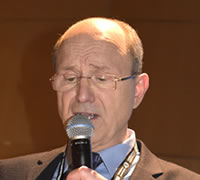 After our morning break, Dr Hans Lautenschläger PhD, the I.A. C’s vice chair and a leading organic chemist from Germany gave the assembled group a review of the current stage of corneotherapeutic formulation development.
After our morning break, Dr Hans Lautenschläger PhD, the I.A. C’s vice chair and a leading organic chemist from Germany gave the assembled group a review of the current stage of corneotherapeutic formulation development.
Dr Hans (as he is commonly addressed) first provided us with a little of the history of corneotherapeutic formulation; specifically, the milestones created by Dr Albert Kligman et al.
We learned about the definition of a corneotherapeutic formulation, its compounds and composition.
Dr Hans walked us through the difference between formulations considered suitable for sustainable care and those that are not. We learned about the differences in not only formulation approach but the effects that some of the more undesirable compounds and components in “normal” skin care can have. We then reviewed the types of components used in skin care with more beneficial properties, including the effect they have on the skins microbiome; particularly compatibility with not only the skin and body’s microbiome, but also the skin’s AMP’s. (Antimicrobial proteins)
We learned about compounds and components used in corneotherapeutic formulations with properties that could be classified as cosmeceutical; those that have pharmaceutical effects, including antioxidants, vitamins, inflammation inhibitors, UV filters and melanin inhibiting agents.
Dr Hans concluded with a review of the terms and protocols used in Corneotherapy, and left us with an insightful statement: “Corneotherapy and usual cosmetic advertising claims do not fit together”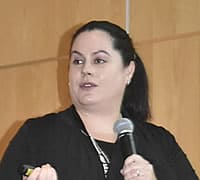 Our next presenter was Rene Serbon, one of the I.A.C’s education officers and an independent educator from Canada. Rene’s topic was “Re-establishing the skin microbiome with Corneotherapy.”
Our next presenter was Rene Serbon, one of the I.A.C’s education officers and an independent educator from Canada. Rene’s topic was “Re-establishing the skin microbiome with Corneotherapy.”
Rene began with a brief review of the skin microbiome from a Corneotherapy perspective, and the healthy commensal microflora that populates the skin surface.
Rene discussed the relationship between the skin barrier defences and the microbiome, particularly skin conditions and disorders that have both disrupted barrier defences and eco systems on the skin surface.
We learned about the diagnostic cues of a impaired barrier defence system and the strategies to restore to homeostasis. Using the key principle of Corneotherapy “from the outside-in” we reviewed the steps from re-establishing the barrier defence systems and normal microflora, the regeneration of the three lipids that form permeability and reduce TEWL, and the re-establishment of the correct skin pH. We learned that it was important to ensure the first three lines of skin barrier defences were adequately repaired before moving on to deal with other skin concerns.
 Our final speaker for the event was our Madame Chair, Florence Barrett-Hill, who’s presentation was entitled “The relevance of the microbiome for Corneotherapy”.
Our final speaker for the event was our Madame Chair, Florence Barrett-Hill, who’s presentation was entitled “The relevance of the microbiome for Corneotherapy”.
Florence began by posing the question of the world microbiome; how is the earth, or Gaia coping with the significant changes in the world microbiome, particularly over the last century of constant international movement of both people and their microbiomes.
Florence talked about the resilience of regular international travellers who as a whole, generally have a more diverse microbiome and usually stronger immune systems. We learned that this is not the case for a majority of displaced or refugee travellers, particularly those traveling and living in large groups such as in refugee camps. There appears to be a microbial dysbiosis becoming evident in many of these camps, with contributing factors of changes in diet and malnutrition.
Florence discussed the relationship between the microbial dysbiosis and the increasing instances of eczema and dermatitis in peoples who historically have had low instances in their homelands.
Another question was raised regarding our own environments and behaviours; could our environments, diet and lifestyle contribute to gut and skin microbial dysbiosis? Of course, the answer is yes- we had learned a great deal from our esteemed speakers over the previous 2 days, each one reinforcing the relationship between a properly functioning body and mind-and the microbiome.
The event concluded with a brief review of each presenter’s contribution with a round of thanks to all, including the event organisers, followed by the obligatory Mexican Wave.
The board and event team would like to thank our presenters, members and delegates for making the event the great success that it was. Thanks also to our volunteers and the team at Sky City for looking after our every need and making our visitors welcome. A very special thanks go to our sponsors whom without, these events would not be possible.
A very special thanks go to our sponsors whom without, these events would not be possible.
• Dermal Systems Inc - Canada
• Derma Aesthetics Pty Ltd - Australia
• DMS International Co, Ltd - Korea
• High Grade Pharmaceutical Co., Ltd - Taiwan
• id Skin Care Ltd -UK
• KOKO Kosmetikvertrieb GmbH & Co. KG - Germany
• Metrodermo S.L. -Spain
• Megavalis UAB - Lithuania
• Observ Diagnostic NZ - New Zealand
• Progressive Esthetics - United States
• Pastiche Training - New Zealand
See you in Bonn, 2019!

